By Neenah Payne
Multiple Ways To Handle Food Insecurity Now shows why no one can take food security for granted now and explores several ways to become more secure. My First Indoor Gardening Steps explains that in April, I began by buying five Edible Garden plants that I grow in my dining room window. That was a very easy, fun way to get started and it helped me learn about the personalities of plants. The aromas of the Basil, Mint, Rosemary are amazing. The Sage grew very slowly, but I soon had to get trellises for the fast-climbing Mint! I bought a plant light to help the Sage when it began to droop and it recovered.
Article: 10 Best Vegetables For Beginners To Grow
In May, I joined the Myrtle Village Green (MVG) Community Garden which is about a 15-minute walk from my apartment in Brooklyn.
“Myrtle Village Green is the only community garden, outdoor learning space, and secular gathering place of its kind in this part of Bed-Stuy. We feed the neighborhood with 1.3 tons of affordable, nutrient-dense food per season, and more than 50 varieties of fruits and vegetables from around the world. Our compost volunteers have diverted more than 36,000 pounds of food waste and trained dozens of community members about how to compost at home."
I hope to get a plot in the garden next year, However, one of my biggest questions has been what I could/should grow. Now I have a much better idea. The article and video below recommend slightly different plants to start with, but there is a general consensus between them. The article explains more about how to grow these plants and the video explains more about why to grow them.
10 Best Vegetables to Grow for Beginner Gardening says,
“If you’re a beginner gardener, you might be overwhelmed at all of the things you need to learn. But it doesn’t have to be so frustrating. Starting with common, low-maintenance vegetables is a great way to build your beginner gardening skills. When I was a beginning gardener, I focused on just a few easy to grow vegetables. Focusing on just a few veggies to start keeps things manageable. Once you get the hang of those, you can move on to growing a year’s worth of vegetables for your family!”
The article recommends starting with the following 10 plants and shows how to grow them:
- Leafy Greens: Swiss Chard, Lettuce, Spinach
- Tomatoes
- Cucumbers
- Pumpkins and Winter Squash
- Peppers
- Carrots
- Peas
- Beets
- Onions
- Green Beans or Pole Beans
Our Inspired Roots Site
The article offers a free email course and the following guide.
The Our Inspired Roots site links to a wealth of information.
Video: 10 Best Vegetables For Beginners To Grow
The August 22, 2020 video below has 3,610,337 views now with more each day.
10 Vegetables You Should ALWAYS Grow
The list below is based on how easy the plants are to grow, how versatile they are to use, how productive the crops are, how healthy they are to eat, and how good they taste.
- Lettuce is high in nutrients, but low in calories.
- Carrots have the antioxidants lutein and beta carotene that help protect eye sight. They can be grown in many climates year 'round.
- Cabbage protects against heart disease.
- Beets contain a high amount of vitamins and minerals known to have many health benefits. They are high in fiber and low in fat and calories. They are a super food that may help to prevent cancer. They are easy to grow and you can eat the leaves as well as the root.
- Onions help regulate blood sugar, help strengthen veins, lower cholesterol, inhibit growth of harmful bacteria in the stomach, boost the immune system
- Cucumbers contain zero fat and are a low calorie snack. They are high in nutrients. They can be preserved in many ways including fermented and pickled.
- Peas contain vitamin K and manganese which can help heal the body.
- Beans are one of the most complete foods. They contain so many important nutrients that you could almost survive on beans alone. They are high in protein and B vitamins which help with brain and nerve function. There are many varieties of beans. They are one of the easiest vegetables for beginners to grow.
- Tomatoes are probably the healthiest food you can eat raw or cooked. The health benefits increase when cooked. They contain lycopene which makes them red and is a powerful antioxidant which helps protect against cancer and degenerative diseases. They contain vitamin C, potassium, and many other elements that protect skin and heart health.
- Potatoes are a nutrient-dense food. They have more potassium than a banana. Potassium is an essential electrolyte needed for optimal muscle function. They are a good source of fiber. They have vitamin B6 which helps with brain function. It has become one of the most important foods on the planet. You grow potatoes from potatoes.
The Self Sufficient Me site offers a lot more Information.
My Gardening Articles are listed on my Urban Gardens Revolution site under Extras.
Neenah Payne writes for Natural Blaze and Activist Post
Originally posted here: https://hive.blog/health/@activistpost/10-vegetables-for-beginner-gardeners-to-grow
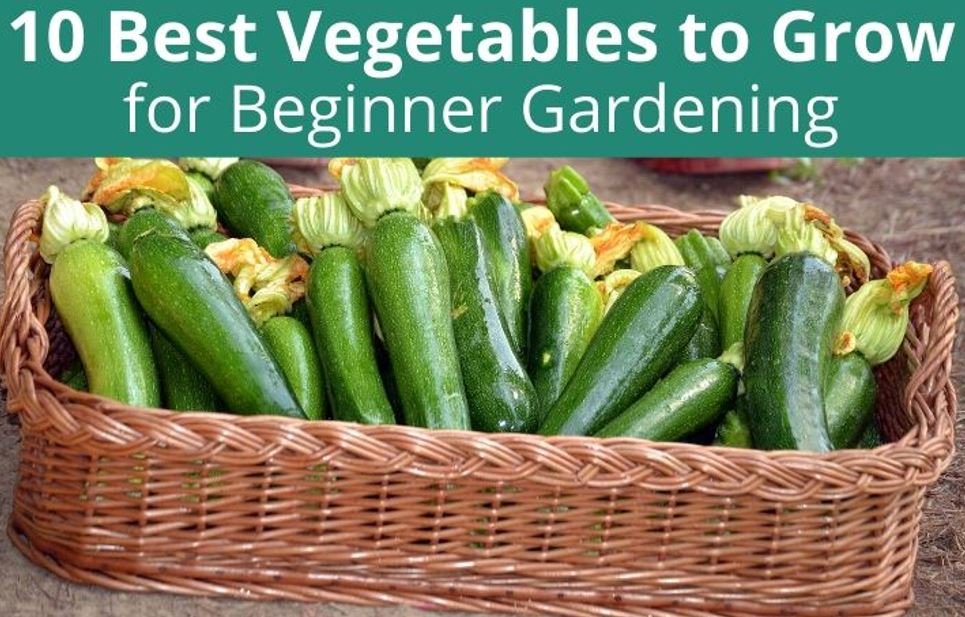
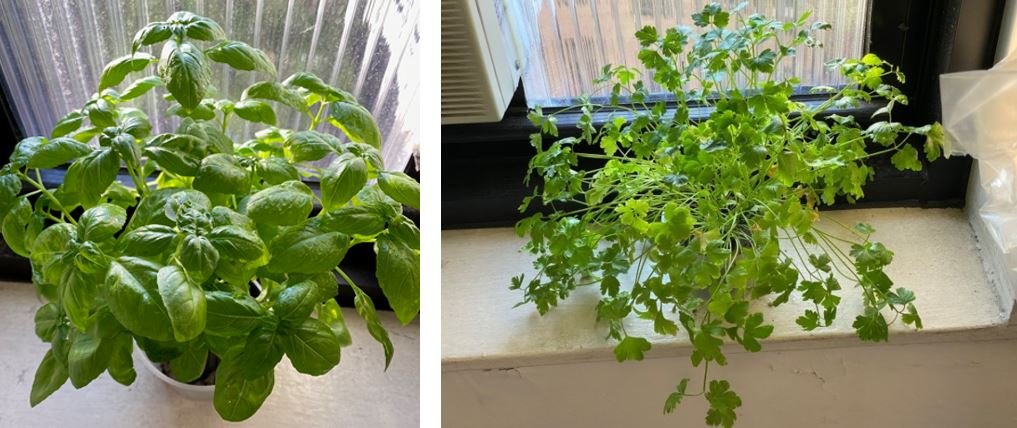
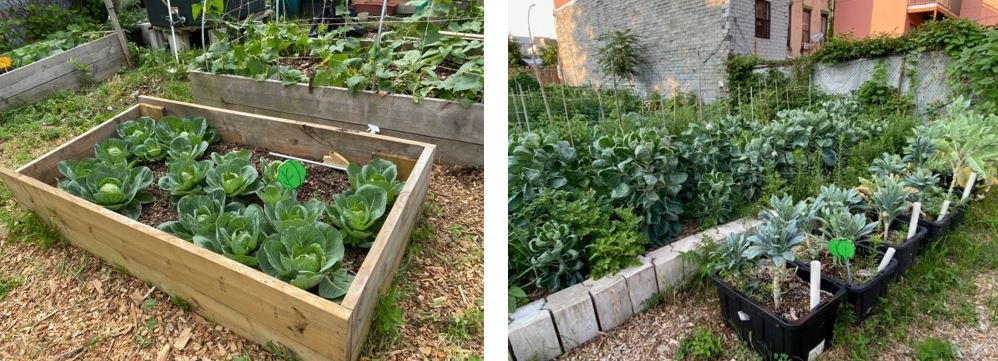
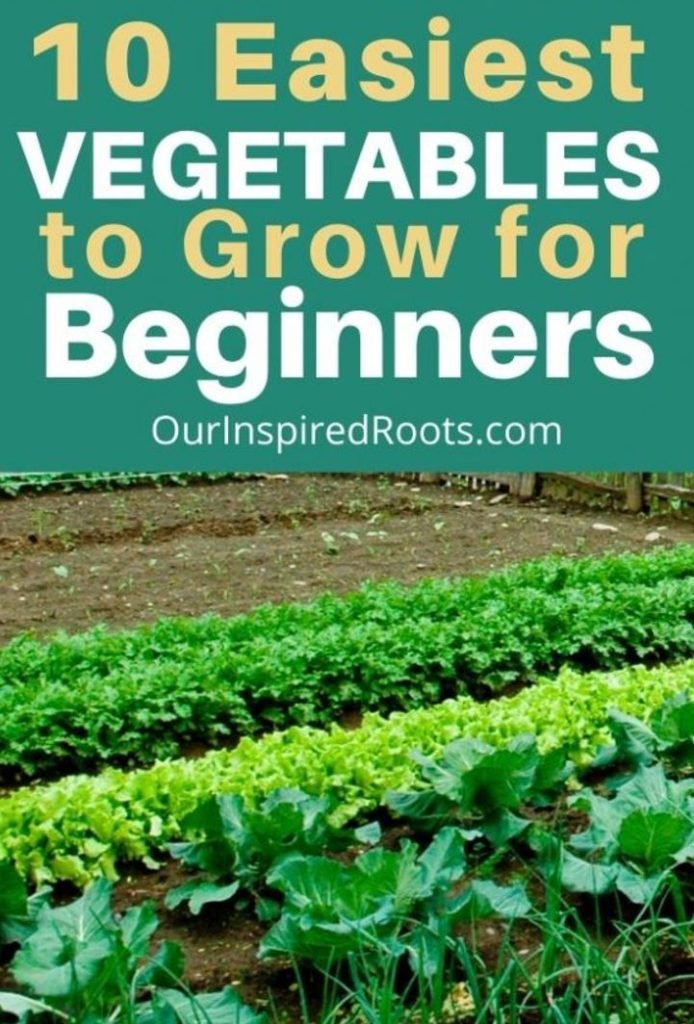

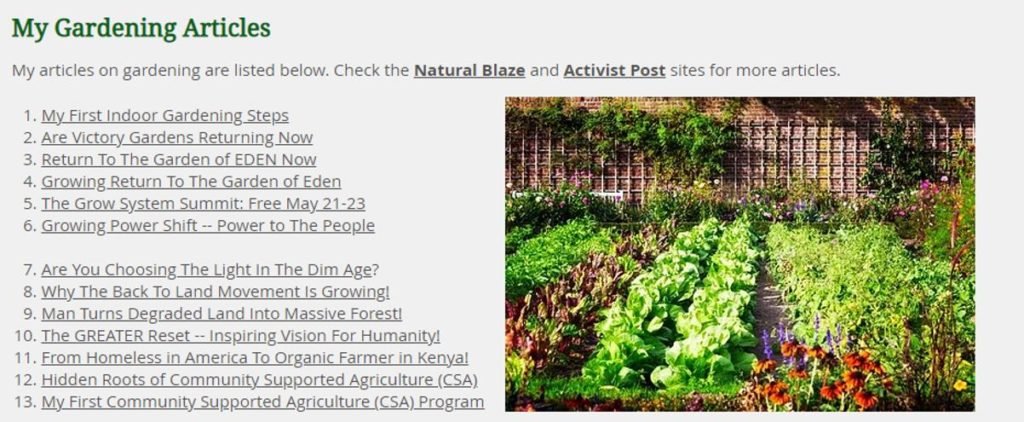
No comments:
Post a Comment